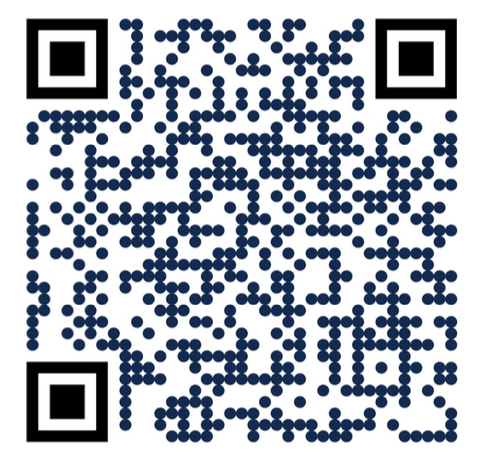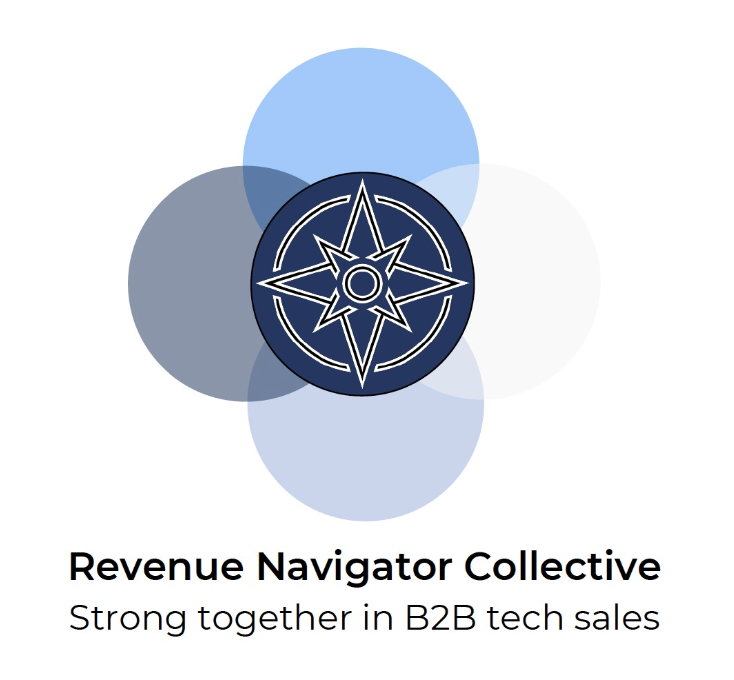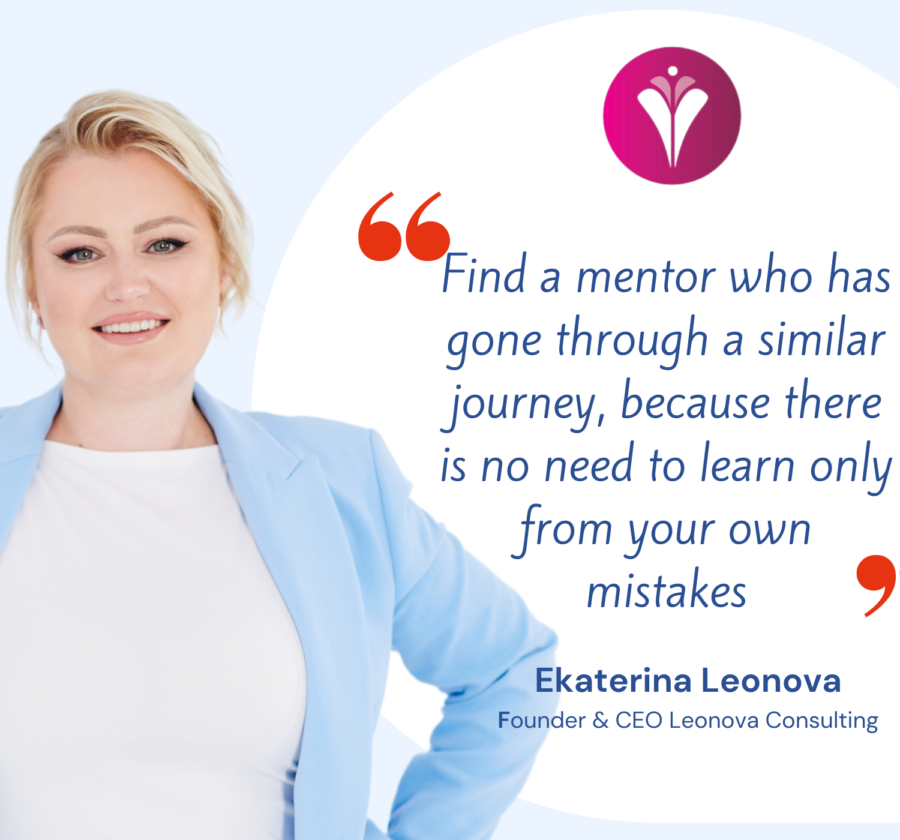
The art of recognizing crucial patterns to decode success in B2B sales
“The first ability you have to master (in sales), if you want to become great, is the ability of recognizing patterns.” – (Big) Tony Robbins
RNC and the Swiss Startup Association partnered up to dive deep into the importance of patterns in B2B sales and venturing, with the overarching question: “Why do patterns in outbound outreach and closing matter?“.
Come along on this journey with us as we uncover the important patterns that lead to success in B2B sales and business adventures. This guide is for anyone interested in understanding the changing world of business and how to succeed in it. After having read the following article, summarizing the topic learnings out of our session, you will have a clear understanding of 1) why patterns in general matter, 2) how they apply to outbound sales and 3) B2B sales from a holistic point of view and as well as to 4) venturing.
These were the generated insights of the session:
1) General Pattern recognition
Let’s start with one of the most important disciplines you need to master to generate revenue and grow: General pattern recognition
Let us build a mutual understanding of what patterns are: A particular way in which something is done, is organized, or happens. Humans have an initial desire to find structure in the information coming our way. In other words: Everything happening to you looks like chaos until you recognize the pattern, the rule, or the principle governing things. You wonder why this all matters? Have a read:
Aoccdrnig to a rscheearch at Cmabrigde Uinervtisy, it deosn’t mttaer in waht oredr the ltteers in a wrod are, the olny iprmoetnt tihng is taht the frist and lsat ltteer be at the rghit pclae. The rset can be a toatl mses and you can sitll raed it wouthit porbelm. Tihs is bcuseae the huamn mnid deos not raed ervey lteter by istlef, but the wrod as a wlohe.
– Typoglycemic text that circulated on the Internet in September 2003 –
Amazing, right? Let us give you some real-life examples: If one can turn information (data) coming at us into patterns, we can deal well and fast with reality. The need of remembering a mountain of data vanishes, we just need to recall our rule of thumb. In fact, how well you are at recognizing, creating, and using patterns is a great talent and will distinguish your success and the ability to use schematics to a great degree.
2) Patterns in outbound sales
In a dynamic world of professional communication, mastering specific patterns proves to be a game-changer for several reasons. Firstly, it enables individuals to get up to speed faster, ensuring a swift and efficient exchange of information. Secondly, understanding and applying these patterns allows the liberation of mental bandwidth, freeing up cognitive resources for more strategic thinking and decision-making. Additionally, the ability to discern and utilize conversational, emotional, and market-specific patterns empowers professionals to save valuable time by engaging directly with genuine prospects and getting straight to the point. Recognizing the nuances in different stakeholders’ interests, for instance, refraining from discussing user experience with a CFO, becomes a key component in navigating diverse business interactions. Once you recognize the patterns in your outbound sales processes, you start to master them!
To master these patterns, adopting proactive objection handling techniques proves essential for advancing prospecting qualification and relationship building. Moreover, labeling emotional patterns facilitates a deeper understanding of individuals, leading to de-escalation of confrontations and a significant boost in conversion rates during outbound conversations. In essence, honing these communication patterns is the pathway to efficiency, effectiveness, and ultimately, success in the professional realm.
Shortly said:
👉🏻 Why are patterns important?
- Get up to speed faster
- Set free bandwidth in your head
- Save time by e.g. only talking to real prospects, getting straight to the point
👉🏻 Which particular patterns are important:
- Conversational patterns
- Emotional patterns
- Patterns in the addressed market (e.g. pains/problems in certain verticals/industries)
- Patterns in what different types of stakeholders are interested in (# don’t talk about user experience with a CFO)
👉🏻 How to master these patterns:
- Proactive objection handling. With that you will have higher chances to continue your prospecting qualification and build up a relationship
- Label emotional patterns to open up people and de-escalate confrontations. With that you will gain more information and your conversion rates from outbound conversations will massively increase
3) How to recognize patterns in B2B sales
Let’s look at B2B Sales more holistically.
In the busy and fast-paced world of B2B sales, understanding and harnessing patterns are the linchpin to navigating the intricacies of the entrepreneurial landscape. Therefore, let’s unravel the mysteries surrounding effective sales strategies, shedding light on key patterns that can transform approaches and elevate success rates.
One prevalent misstep often observed in entrepreneurial sales is the default practice of „winging meetings“, meaning just going with the flow in meetings, as a consequence of our attention-driven economy. However, the antidote lies in meticulous preparation, desk research, and the cultivation of a clear agenda, coupled with well-defined outcomes and next steps.
Contrary to the common belief that salespeople must meet quotas at any cost, a paradigm shift is needed. Instead of blindly adhering to the client journey, the emphasis is placed on practicing non-neediness, validating client demands, and strategically using “no” as a catalyst for meaningful discussions. The incorporation of an archetypical buying journey and clear purchasing milestones adds further depth to this transformative approach.
To navigate through this buying journey and ensure that yourself or your sales team is focusing on the most important, meaning highest or strategic value and likely to close deals, qualifying deals is key. So don’t forget about the importance of adopting contemporary sales qualification frameworks like 1) MEDICC or the 3x Why method. The MEDICC qualification framework has several, more detailed versions, but we will start with the basics. Here you can find a quick qualification Guide for both of them:
- MEDICC
- Metrics: Understand the measurable aspects of your prospect’s challenges. What key performance indicators are they looking to improve, and what are the quantitative goals?
- Economic Buyer: Identify the decision-maker with the authority and budget to move forward. Connecting with the economic buyer accelerates the decision-making process.
- Decision Criteria: Clarify the specific criteria your prospect uses to evaluate potential solutions. This ensures alignment between your offering and their decision-making parameters.
- Identify Pain: Pinpoint the pain points and challenges your prospect is facing. The deeper your understanding, the more effectively you can position your solution as the remedy.
- Champion: Identify an internal advocate who supports your solution within the prospect’s organization. A champion can significantly influence the decision-making process.
- Competition: Assess the competitive landscape. Understand who else your prospect is considering and differentiate your offering based on its unique value proposition.
More information about MEDICC can be found here: https://meddicc.com/
- The 3 Why Method
- Why Do Anything?
Every time a business decides to buy something, it’s because they think it’ll either make them money, save them money, or reduce some risks. But before you can explain how your solution does this, you need to figure out what problem the business is facing. There are three types of prospects: hot, warm, and cold. Hot ones know they have a problem and need a solution right away. Warm ones kinda know it, but it’s not urgent. Cold ones might not even realize they have a problem. Finding out their pain, like high costs or missed opportunities, is crucial. Even if they don’t realize they have a problem yet (cold prospects), you can help them see it by sharing useful info.
- Why Buy from You?
Once prospects know they need a change, they start thinking about who to work with. Instead of just talking about how great your company is, focus on becoming their trusted guide. Know a lot about your product, your industry, and especially your customer. Learn about their company, what they’ve been up to lately, who’s in charge, and what challenges they’re facing. Your goal is for them to say they picked you because you understood their business and problem better than anyone else.
- Why Buy Now?
After they know why and who, the next question is why buy now? Creating urgency involves using tactics like special offers or limited availability, but it all comes down to justifying the purchase. Remind them of the problems with how things are now and stress what they’ll miss out on if they don’t act. Use loss aversion by telling them about risks they haven’t thought about or opportunities they should grab before others do. Instead of talking about what they’ll gain, focus on what they’ll lose if they wait too long. Urgency is super important because without it, the desire to change loses its value.
Shortly said:
❌ Winging meetings is the default in our busy attention economy
✔️ Prepare and do desk research. Have a clear agenda. Have clear outcomes and next steps in mind.
❌ Sales people must meet their quota and tend towards giving in on mostly all client demands. We follow the client’s journey.
✔️Practice not to be needy. Validate client demands. Push back and use „no“ as a discussion starter. Have an archetypical buying journey and purchasing milestones in mind.
❌ Use no system to qualify deals. # Always be closing.
✔️ Use an up-to-date sales qualification framework e.g. MEDDIC or the quick and dirty method 3x Why: Why anything? Why us? Why now?
- How to recognize patterns in venturing
In the pursuit of recognizing patterns from a sales perspective, we have to notice the importance of market segmentation, defining target customers, and crafting a focused value proposition at the top of mind. When it comes to understanding patterns in sales, it’s relevant to look at things like breaking down your market into smaller parts, knowing who you want to sell to, and having a clear message for your ideal customer profile. This contrasts with the detrimental tendency observed in startups of not clearly defining their market or target customer, often falling prey to the misguided notion of selling to everybody. So, try to sell to your specific customer, with a clear plan to whom, what and why to not be the idiot selling to anyone and with this no one.
Furthermore, instead of blaming the sales team when things go wrong, it’s better to check if your product fits the market. Remember what Frank Slootman said, “Bad salespeople can sell good products, but great salespeople can’t sell bad products.”
Shortly said:
❌ No market segmentation. No target customer. „We need to sell to everybody“.
✔️ Focused market segmentation and target customers. Focused value proposition.
❌ Most startups blame the sales team before anything else.
✔️ Check the product market fit. Don’t blame sales, find the root cause.
Are you wondering how to navigate this journey of patterns? Use the Revenue Navigator framework to identify and work through your patterns. DM Revenue Navigator Collective to get the Revenue Navigator framework for free.




